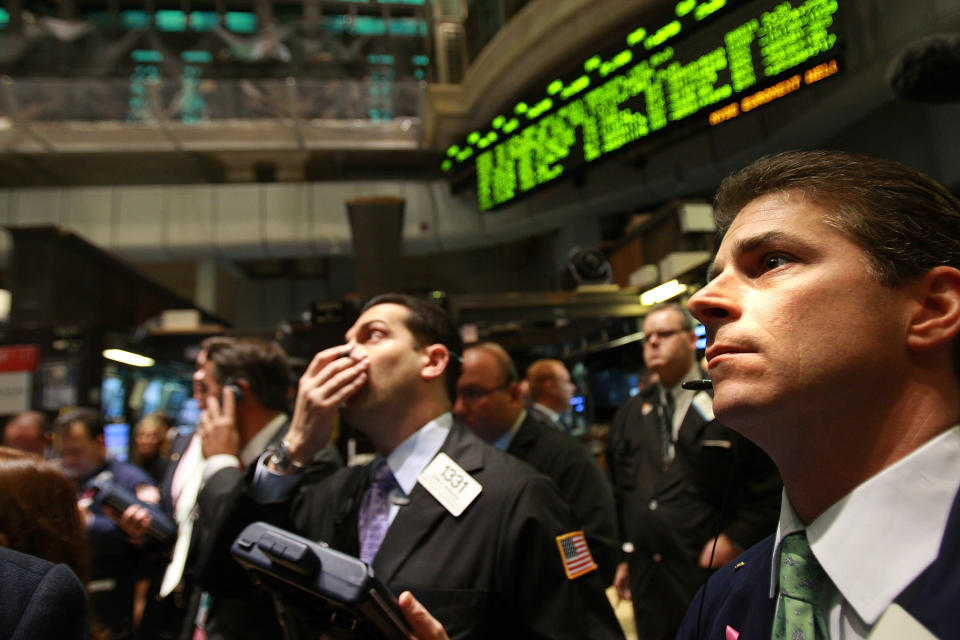Consumer debt: A price worth paying?

What was interesting about the global financial crisis and the subsequent implosion of the banking sector, is that it happened at a time of historically low interest rates. Let us say they were averaging around the lower end of a 5%-10% range at most. Even more important, getting credit for a car or a home was akin to the cliché of falling off a log.
However, this did not stop a feeding frenzy, not so much on the part of consumers, but more from an out of control culture in the financial sector. Banks lent like there was no tomorrow, so that when the bubble burst they were right in the firing line. RBS, HBOS, Northern Rock and many more succumbed to a disastrous domino effect.
MORE: Why you shouldn’t worry about the threat of higher interest rates
The question facing the powers that be from 2008 onwards was how to react to the meltdown and to avert the toxicity of sub-prime lending spreading to the rest of the economy? The answer was to bail out the banks (apart from Lehman Brothers) and help them and consumers by lowering interest rates to near zero. This was not good news for savers who were effectively punished for their frugality.
MORE: ‘Debt epidemic’ gripping young people sees many borrowing cash every month
But as long as these self same savers had a property or some shares, they would have been compensated. At the same time the advantage of the zero rate interest rate policy – affectionately known as ZIRP – was that many consumers who had been in danger of going under ahead of the crisis were saved as the cost of their debt payments plummeted. What should also be remembered is that at almost every other time in history apart from the Great Depression, when the economy ran into trouble, credit was tightened not eased. ZIRP therefore saved the speculators and the gamblers at the expense of the frugal.

Indeed, the easy feeling, known as quantitative easing has effectively been in place for a decade. Despite threats to take away the credit punchbowl, it is yet to be dismantled. In fact, if the latest dark clouds regarding consumer debt in the UK and beyond is concerned, QE and ZIRP may have to go on indefinitely. This is not only to prevent consumer lead economies hitting the buffers, but so that this country can continue to add £10 billion a month to the national debt without deleterious effects to our Magic Money Tree.
MORE: The financial crisis 10 years on: Why we’re heading for the next perfect storm
But it is the ordinary person in the street which is key to a services led economy, and given the perspective of the post GFC period there are some things which it is safe to conclude. Rather than risking a total collapse and recession, it was probably correct to allow the economy to be saved by consumers and their credit cards, as well as allowing them to gear up in the housing market.
However, the issue now is where do we go from here? Arguably, now we have “celebrated” the 10th anniversary of the fall of Northern Rock, we could be back where we started at the end of a debt cliff. For instance, household savings ratios are at their lowest since the 1960s, and inflation is diluting the real value of wages. This is because earnings continue to feel the adverse effects of globalisation and outsourcing, something which has not gone away even with the arrival and what looks to be the imminent departure of Populism.
Nevertheless, although it may be tempting to kick the can of consumer debt further down the road, the problem if one reads the headlines on the subject is that the can may simply be too big. For instance, the Bank of England who deliberately adopted the strategy of an indebted consumer led recovery has said that there could be £30bn of consumer debt losses.

Of course, a decade ago this was a price worth paying. Now Mark Carney and friends are attempting to cover their backs ahead of what could be a cliff edge style collapse which could make the downfall of doorstep lender Provident Financial in recent weeks something of a tea party.
The suspicion is that such siren voices are too much, too late. Not even the Labour credit card interest cap, or RBS delaying its low interest rate credit card may save the day.
All there is left is for the individual to take preventative action, along the lines suggested by Dan Plant, editor in chief at Moneysupermarket. “You need to select the right type of plastic, and then use it in the right way to maximise the benefit. Otherwise you may face unnecessary charges, damage to your credit rating or a build-up of unwanted debt, which will all make it more difficult to be accepted for new borrowing in future.”
Given how uncertain the debt position is for those “just about managing” it may very well be that the future is all about managing one’s credit rating, even as Moody’s gets the red pen out for that of the United Kingdom as a whole due to Brexit uncertainties.

 Yahoo Finance
Yahoo Finance 
